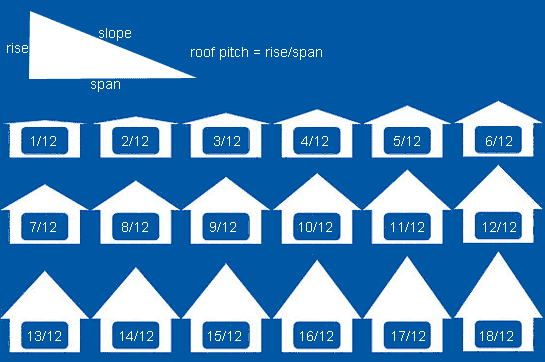The relationship between metal roof pitch and snow accumulation is a crucial consideration for homeowners in regions with cold and snowy winters. The pitch or slope of your metal roof plays a significant role in determining how snow accumulates and sheds from the roof’s surface. In this article, we will explore the impact of metal roof pitch on snow accumulation, potential challenges, and strategies for managing snow loads during winter months.

Understanding Metal Roof Pitch and Snow Accumulation:
Metal roof pitch refers to the angle at which the roof slopes. It is typically expressed as a ratio of rise to run (e.g., 6:12 means the roof rises 6 inches for every 12 inches of horizontal distance). The pitch affects how snow interacts with the roof, influencing whether snow slides off or remains in place.
The Effect of Pitch on Snow:
- Steep Pitches: Roofs with steeper pitches tend to shed snow more effectively. The angle creates less friction for snow to cling to, allowing it to slide off the roof. However, there is a possibility of snow sliding suddenly, which may pose a safety risk.
- Low Pitches: Roofs with low pitches have a greater chance of snow accumulation. The flatter surface provides more friction for snow, making it less likely to slide off on its own. Proper measures are essential to prevent excessive snow buildup.
Managing Snow Accumulation on Metal Roofs:
1. Roof Design and Pitch: Consider the climate of your region when designing your roof. If you experience heavy snowfall, a steeper pitch can facilitate snow shedding. Work with an architect or designer to determine the optimal pitch for your area.
2. Snow Guards and Rails: Snow guards or rails are installed along the roof’s edges to prevent snow from sliding off in large quantities. They help break up the snow into manageable sections, reducing the risk of sudden slides.
3. Roof Raking: If you notice significant snow accumulation, use a roof rake to safely remove snow from the ground. This can help prevent excessive loads that could strain the roof structure.
4. Adequate Insulation and Ventilation: Proper insulation and ventilation help regulate the roof’s temperature, preventing uneven melting and refreezing that can lead to ice dams and potential damage.
5. Professional Inspection: Schedule regular inspections by roofing professionals to assess the condition of your metal roof, identify any potential issues, and recommend appropriate measures.
Conclusion:
The relationship between metal roof pitch and snow accumulation is a critical consideration for homeowners in snowy climates. The pitch determines how snow interacts with the roof surface and whether it sheds or accumulates. Proper design, snow management strategies, and regular maintenance are essential to ensure the safety, integrity, and longevity of your metal roof during winter months. By understanding these factors and taking appropriate measures, you can enjoy the benefits of a metal roof while effectively managing snow-related challenges.



Leave a Reply